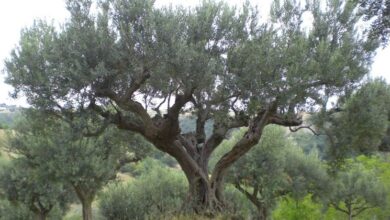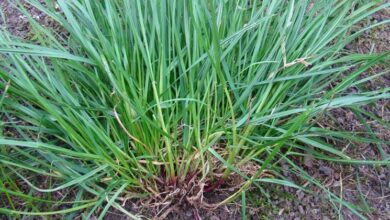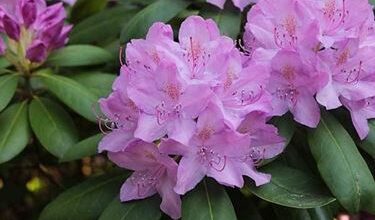Plants with red berries
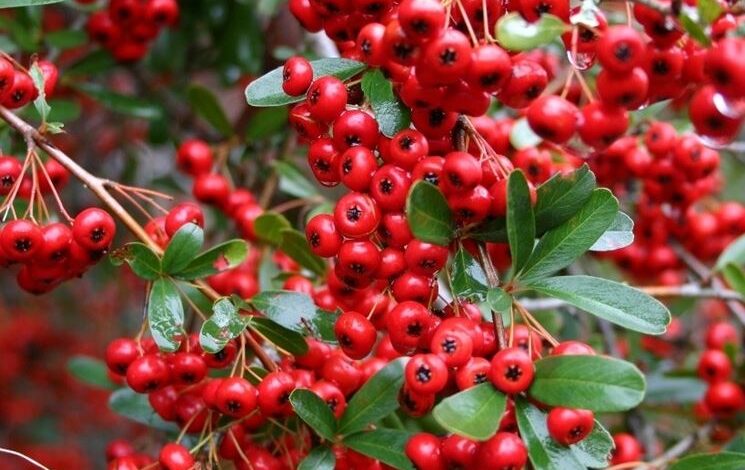
Plants with red berries, Hawthorn and Pyracanta
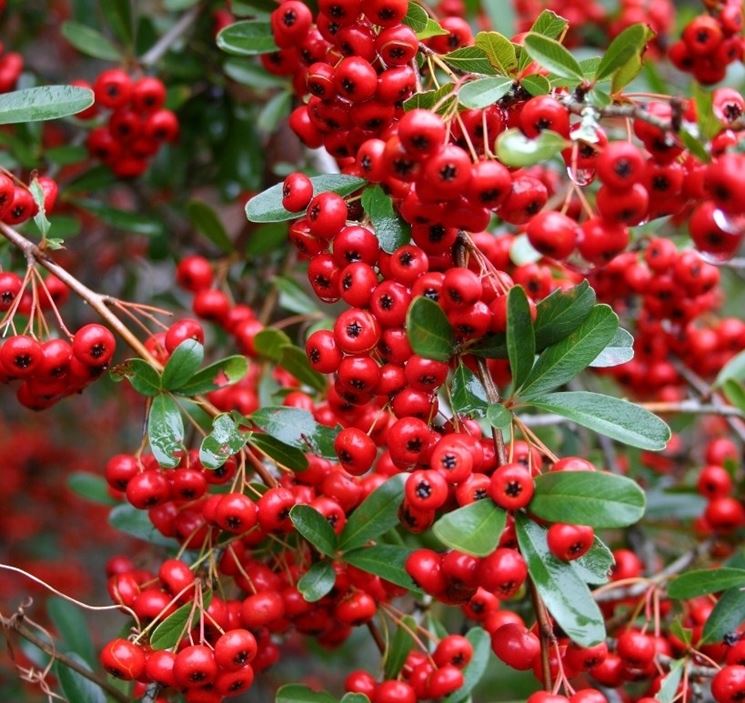
Plants with red berries, Skimmia
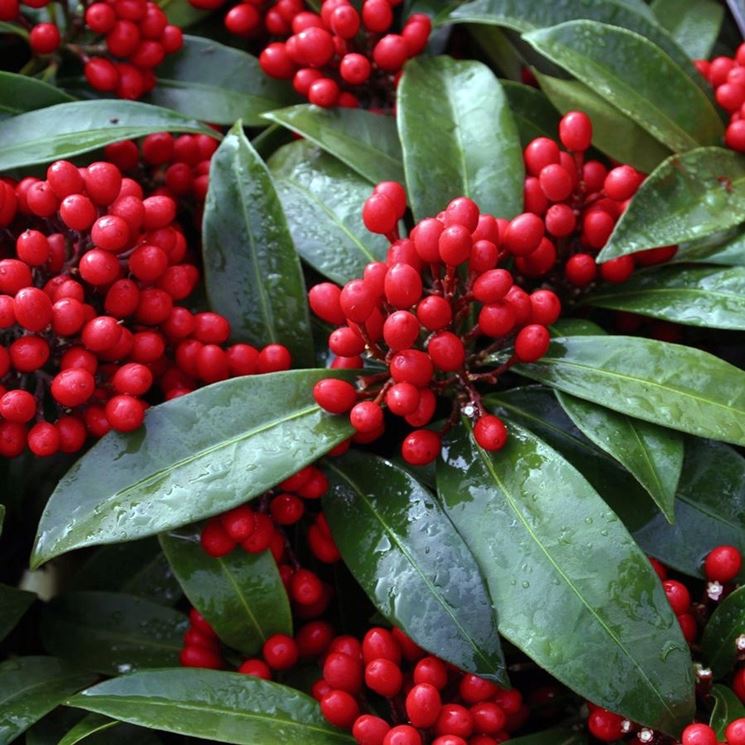
Let’s go on mentioning the Skimmia, a little less common than the aforementioned Pyracantha and Hawthorn. Skimmia is an evergreen shrub plant, easy to grow but slow in growth; it can be grown in pots or planted on the ground. It appreciates shady places, it resists very well even quite harsh temperatures and requires regular watering especially in the summer period. It does not require pruning but if desired it can be modeled at will. It usually blooms in spring but is very popular for the red berries it produces in winter. The Skimmia can be reproduced through cuttings, taking small portions of a fairly young branch about 10 cm long and repotting them independently, in a slightly oblique position. Before planting them it is a good idea to eliminate almost all the leaves, leaving only a few at the apex. Being a very slow plant, the cuttings can be repotted into a larger pot or planted on the ground after about a year.
Plants with red berries, Ilex and Gaultheria
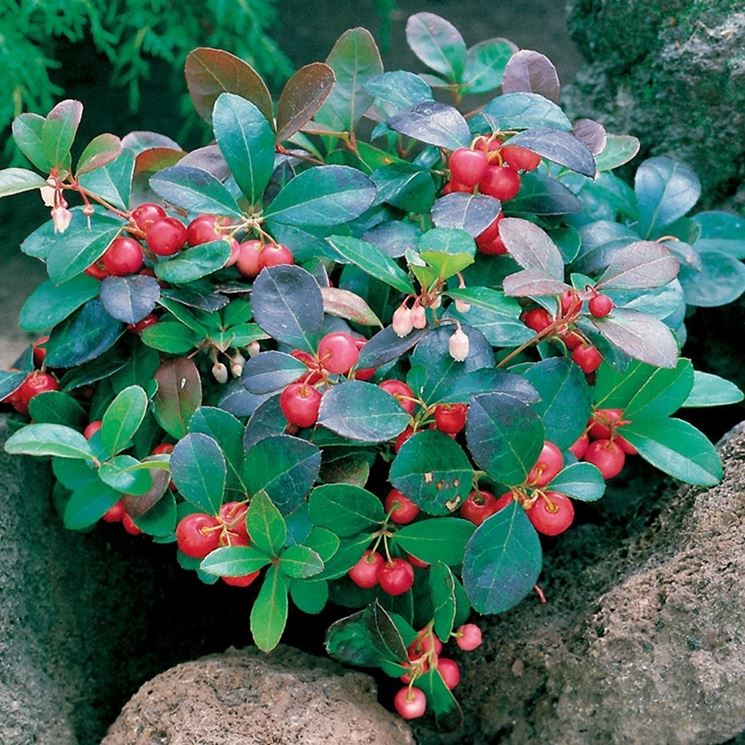
Continuing the list of plants with red berrieswe come across Ilex or commonly called Holly, an evergreen plant with a shrubby habit and toothed leaves at the edges that can be dark green or green with a yellow-white border. Ilex, like the other plants mentioned so far, produces very small white flowers and very ornamental berries that last all winter. It can be reproduced by cutting; in addition, it is used for medical purposes. Less known but equally particular is Gaultheria, an evergreen plant that produces scented semi-oval dark green leaves, small white flowers and fruits (berries) that it keeps throughout the winter. Unlike all the other plants mentioned so far, Gaultheria reaches maximum heights around 15 cm,
Plants with red berries, Nandina and Ardisia Crenata
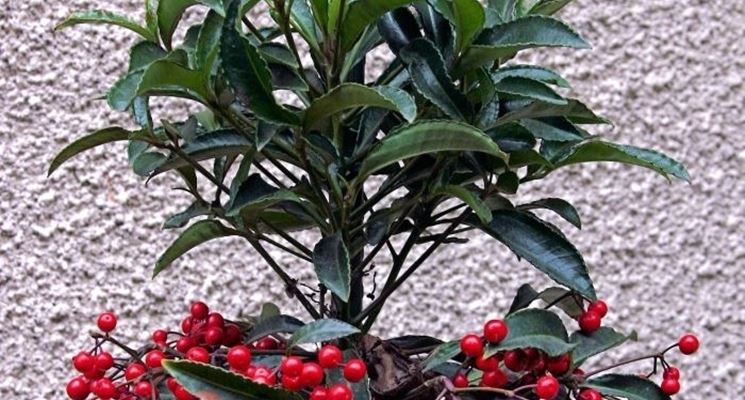
Let’s finish this short list of plants with red berriesgarden with Nandina and Ardisia Crenata. The first is a shrub-like plant of Asian origin. It has evergreen, shiny and elongated leaves. It can reach heights of 2 m. During the summer it produces white flowers and in late autumn it produces berries that last all winter. The «behavior» of the leaves is very particular; those just produced have a pink color, which will eventually turn green, while the old ones, before falling, take on a red color. The Nandina does not have particular needs for climate or solar exposure but needs frequent watering especially in the summer period. We conclude this list with Ardisia Crenata. Evergreen shrubby plant, produces dark green leaves toothed at the edges, small white flowers and berries that have a very long life. It can be pruned, so as to make it take the desired shape and keep it «tidy». It does not require great care, likes sun exposure and needs regular watering in the summer.

